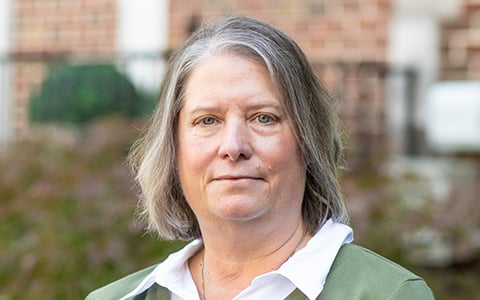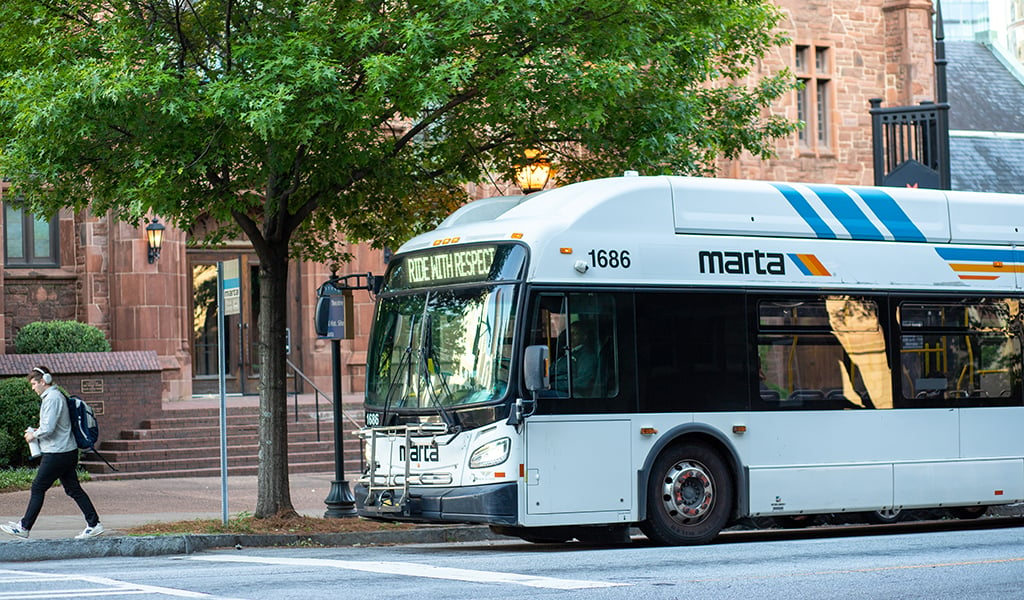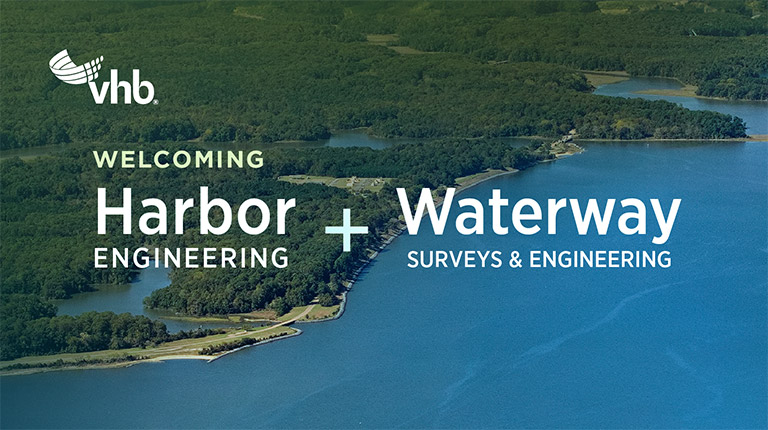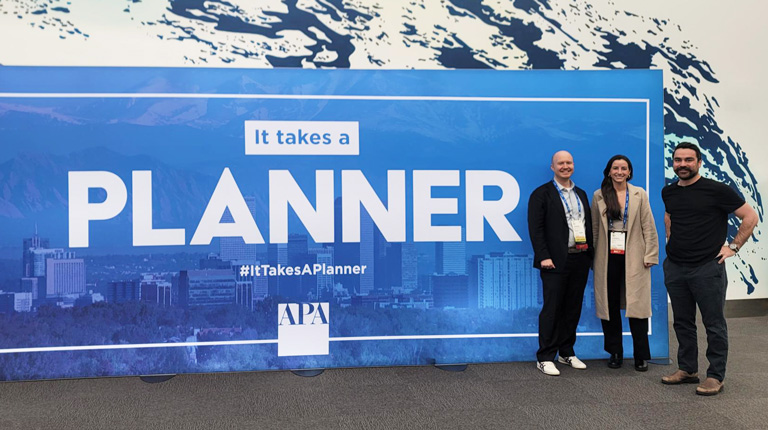
Motivated by factors including in-migration and increased focus on sustainability, transit agencies across the Southeastern U.S. are eager to develop and implement efficient, environmentally mindful, and technology-informed initiatives that position them for future growth. An ever-growing need exists for transit design teams that can navigate the intricate environmental compliance factors inherent to transit projects. Stephanie Roberts, AICP, ENV SP, Environmental Transit Planning Manager in Atlanta, oversees the environmental components of the office’s transit practice for projects across Georgia.
We caught up with Stephanie to get her thoughts on VHB’s environmental and transit practices and where she sees the Atlanta market heading in the future.
VHB: You’ve been in your field for 27 years. How have the environmental and transit practices evolved and synergized?
Stephanie: One remarkable thing is that far more people understand environmental concerns now. As people become more educated on issues like climate change, sustainability, and resiliency, the environmental and transit practices are being integrated more seamlessly than they were in previous decades. I think that in earlier eras, environmental could be perceived as a thorn in the side of the engineers, impeding their ability to advance projects. Now environmental teams are brought in early and work in tandem with the design team from the ground up. This makes for better projects, as team members do not work in silos.
VHB: What are some of the significant transit projects you are working on now?
Stephanie: Since joining VHB last year, I’ve been immersed in task orders stemming from the MARTA General Planning Consulting Services Contract. This work is fast-paced and constantly changing, which makes it both challenging and exciting. In particular, National Environmental Policy Act (NEPA) regulations have recently undergone significant revisions. Departments of Transportation need to stay current on the changes, and VHB team members are on-call, knowledgeable partners in this capacity.
Another great project is for Clayton County Southlake Bus Rapid Transit (BRT). This is the second BRT planned in the Atlanta region, and VHB is leading the planning and concept design activities. This involves preliminary design/engineering, environmental review, and grant management to connect the Hartsfield-Jackson Atlanta International Airport MARTA station to Southlake Mall in Clayton County. The proposed alignment is 15.5 miles in length, with a mix of dedicated and mixed-use traffic.
It's undergone numerous design iterations, so my role is to keep the environmental and transit teams focused on what we need to do to advance the project through the scope as it is updated.

VHB: In the time you’ve been here, what have you observed that differentiates VHB from competitors?
Stephanie: One word: culture. VHB cares about employees and the work environment. I feel like my team and the company as a whole cares for everyone’s well-being—we all look out for each other, take each other seriously as professionals, and celebrate what makes each other unique. Everyone is given interesting projects and has a chance to shine.
VHB: What would you say are the most important emerging trends in your practice?
Stephanie: I think the big one is embracing digital technology solutions. Increasingly, the standard document delivery method is going to be “digital NEPA,” which means presenting deliverables in the format of interactive web-based documents instead of PDFs. Doing so enhances accessibility for both agencies and the general public, and NEPA is actively encouraging use of digital documents.
Another trend to stay ahead of is developing ways to use AI for tasks like summarizing technical reports and writing NEPA reports. You’ll always need the human touch, of course, but I think innovatively embracing digital and AI technology is going to be essential to remain ahead of the curve. VHB’s AI Office Hours workshops for employees are insightful and interesting. We’re using tidbits gleaned from the series to enhance our work on MARTA projects. Also, our Technology team has been extremely helpful in setting up MARTA NEPA digital sites.
VHB: What are some newsworthy, game-changer projects recently undertaken or planned for the next year or two?
Stephanie: I mentioned the Clayton County Southlake BRT project earlier, which is a very important focus for our team. I also served as the NEPA Lead for the Clifton Corridor BRT project. This is going to be a high-capacity transit line connecting heavy rail lines through a major employment and institutional corridor. The corridor will traverse a lot of high-density sites, including the Centers for Disease Control, Emory University, Emory University Hospital, Children’s Healthcare of Atlanta, Lindbergh Center, and the VA Medical Center.
Discover how VHB is enhancing communities throughout metro Atlanta.


